Transportation is one of the largest sources of greenhouse gas (GHG) emissions, and day-to-day decisions across supply chains shape that footprint. In the GHG Protocol, 5 of the 18 listed emission sources are directly tied to transport: company vehicles, employee commuting, business travel, upstream transportation and distribution, and downstream transportation and distribution. From our vantage point in the Ametis Institute’s Sustainable Economy Division, that makes transport a priority arena for practical, high-accuracy measurement and action.
We also recognise that counting transport emissions is complicated, especially in transport chain operations. The International Organization for Standardization has issued detailed rules for transport chain operations, but implementing them at practical operations is challenging. To close that gap, we are building an integrated transportation GHG calculation application designed around real business workflows while remaining fully aligned with international best practice.
As part of our stakeholder engagement, our expert team briefed the Directorate General of Transportation and Multimodal Integration, Ministry of Transportation (21 July 2025), and the Center for Sustainable Transportation Management, Ministry of Transportation (9 July 2025), on our research and technology developments. Our application spans all major modes (road vehicles, rail, ships and ferries, and aircraft) and is built to comply with ISO standards. By unifying methods and data structures across modes, we reduce fragmentation, accelerate analytics, and enable like-for-like comparisons across routes, carriers, and service options. This positions Ametis among a select cohort globally delivering truly integrated transportation GHG calculation technology as a service.
Methodological depth is our core strength. For vehicles and trains, our calculations already operate at Tier 3 or “higher-tier” methods that draw on granular activity data and technology-specific emission factors. Compared with basic Tier 1 approaches, Tier 3 delivers materially higher accuracy, lower uncertainty, and greater credibility for disclosure, target-setting, green procurement, and performance-based incentives. These qualities are increasingly essential as corporates and financiers demand robust, auditable emissions data.
We are now focused on elevating our ship and aircraft calculations to Tier 3 as well. This work includes refining data pipelines, expanding mode-specific parameters, and validating results with operators and regulators. Our goal is clear: equip Indonesia’s transport ecosystem and the businesses that depend on it with decision-grade emissions intelligence that turns compliance into competitiveness, and climate ambition into measurable, verifiable outcomes.

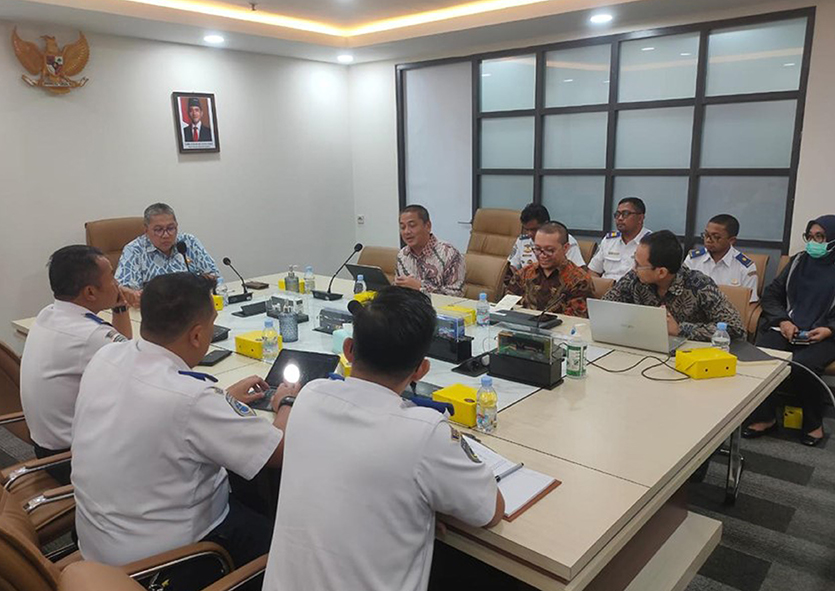
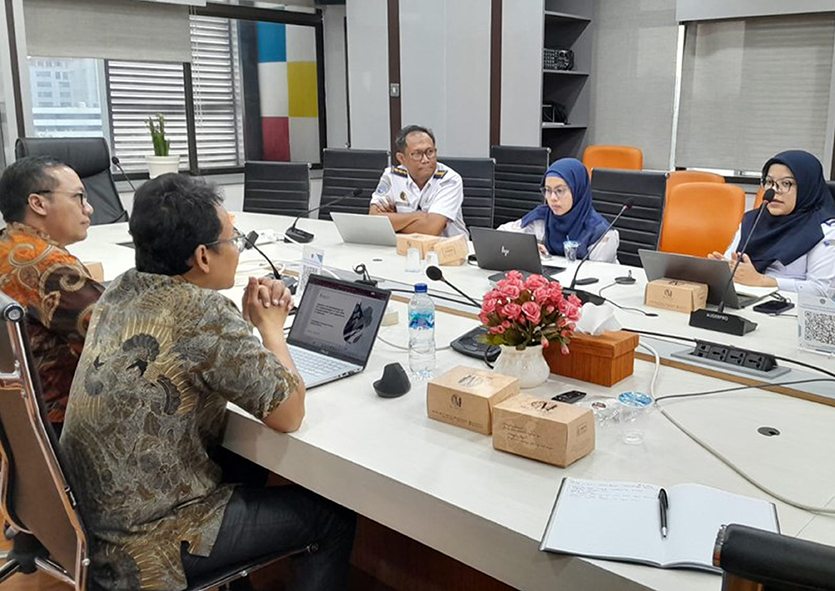
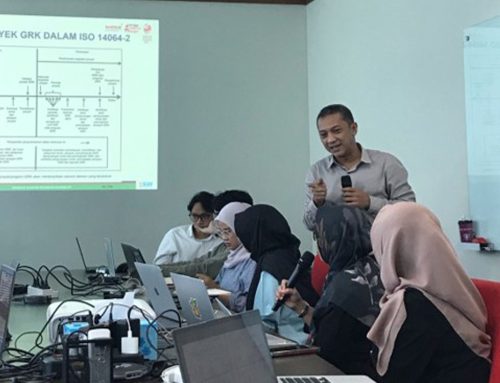
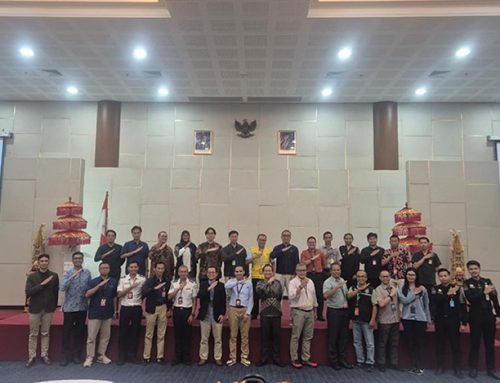
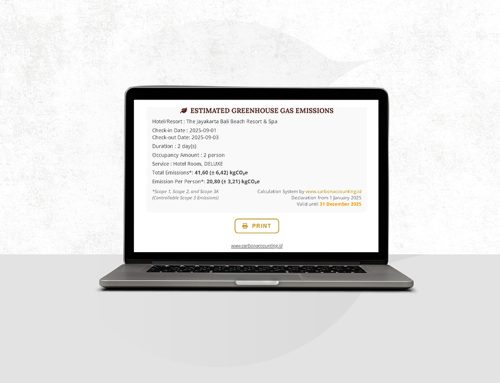
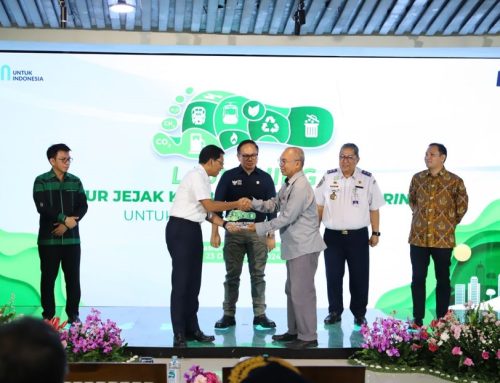

Leave A Comment